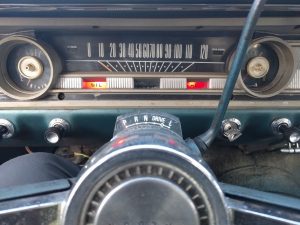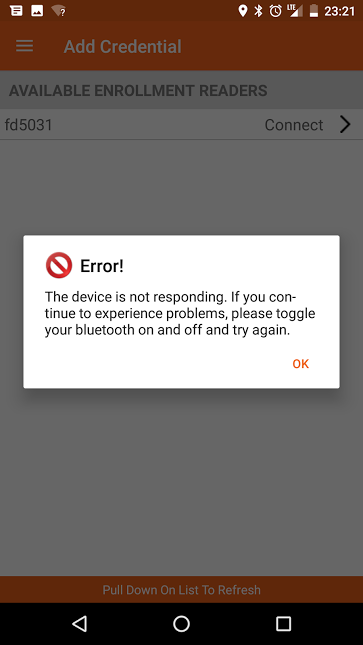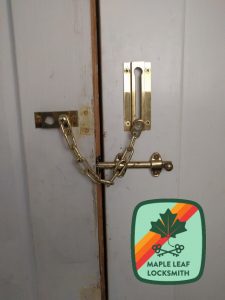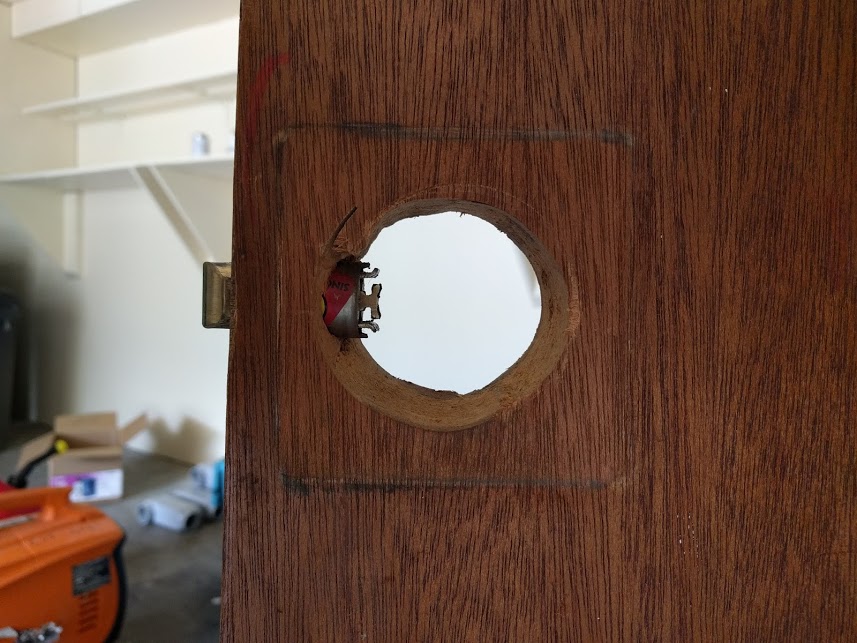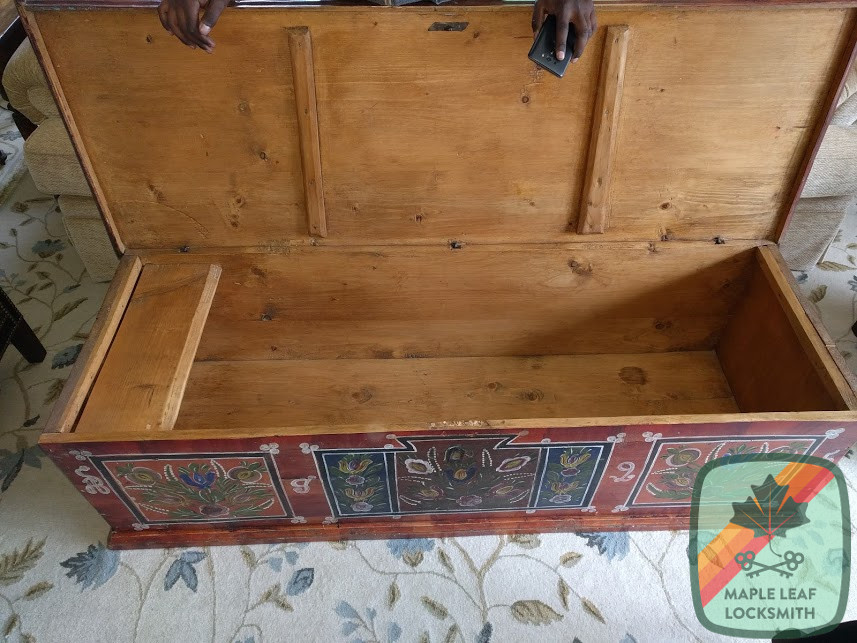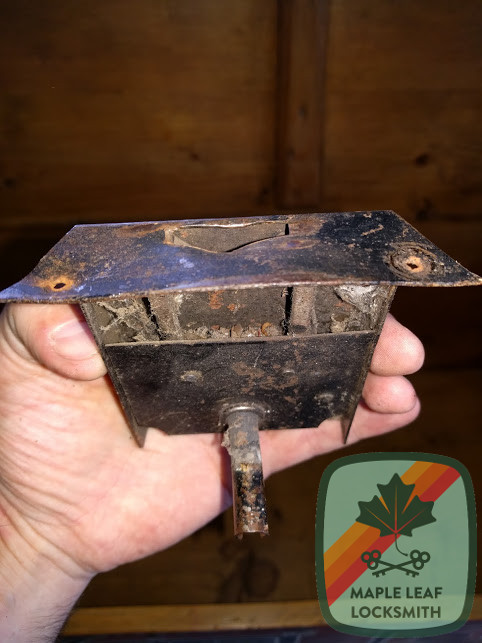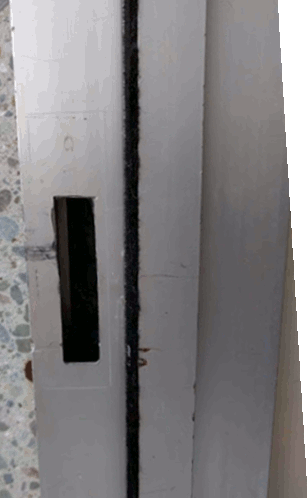If you are trying to run some kind of an AirBNB, you need a lock that
- You can unlock remotely in case of a problem
- You can be sure people can’t come back once their rental time is up
- You can tell remotely when the door is shut and locked
- You can be certain that your property is secure
There is a product family for you. It is called The Internet of Things and using wireless protocols like Zigbee and Z-wave you can accomplish everything in the list above, all without any monthly fees except your internet connection.
To make this happen the first thing you need is a hub. It can be a Z-wave hub or an Apple TV hub but there are compatibility issues because the technology is not yet mature and Apple is not known for being into hardware interoperability but is also a large force in the market. If you like open protocols so that your hardware will be supported by the community longer you should go for Z-wave compatibility. Now you have to connect your hub to your internet connection, probably through a router.
The next step is to get a lock that is compatible. I don’t remember where I read it but I remember reading that the best consumer grade electronic lock for Z-wave compatibility is the Yale Real Living line of locks. They come with really weak strike plates so you’ll want to get a better strike plate if you choose this. Then you have to program the lock to work with your Z-wave hub. I am a bigger fan of the Schlage BE469NX line, though you’d be well advised to get a set of rechargeable batteries because if wirelessly connected this lock goes through batteries fast. There is also the Kwikset Kevo but any security professional will tell you that it is trivial to force these over, even the newer version. I can usually unlock this deadbolt in under one minute with nothing more than my lockpicks and a screwdriver.
To make sure the lock only locks when the door is shut, you need a Remote Sensor to let the lock know when the door is open and shut. This sensor will allow you to know that your property is secure instead of knowing only whether the lock is engaged without knowing whether the door is open or shut. This sensor also prevents the lock from throwing the bolt when the door is open and then some fool shutting the door with the bolt thrown which might cause the bolt to bend or break. Then you’d have to go out and fix it or pay me to do it for you.
Once you have the sensor and the lock configured with the hub and an optional wireless camera you can see who comes to the door and open it remotely for them, change the code remotely, and also rest easy knowing that your place is secure. You can do this anywhere with a reasonable internet connection.
I have only set up one lock for a customer to work with Z-wave but never for myself because I have certain apprehensions about putting my security on a network connected to the internet. I like good old-fashioned locks for my security needs. Therefore I won’t be able to help you connect your consumer grade electronic locks to the internet. Most people who are interested in this sort of thing are comfortable installing and configuring the locks themselves.
As of this writing you can get a Z-wave lock for less than $200 and a sensor for $50. A Z-wave hub will probably be over $100.
